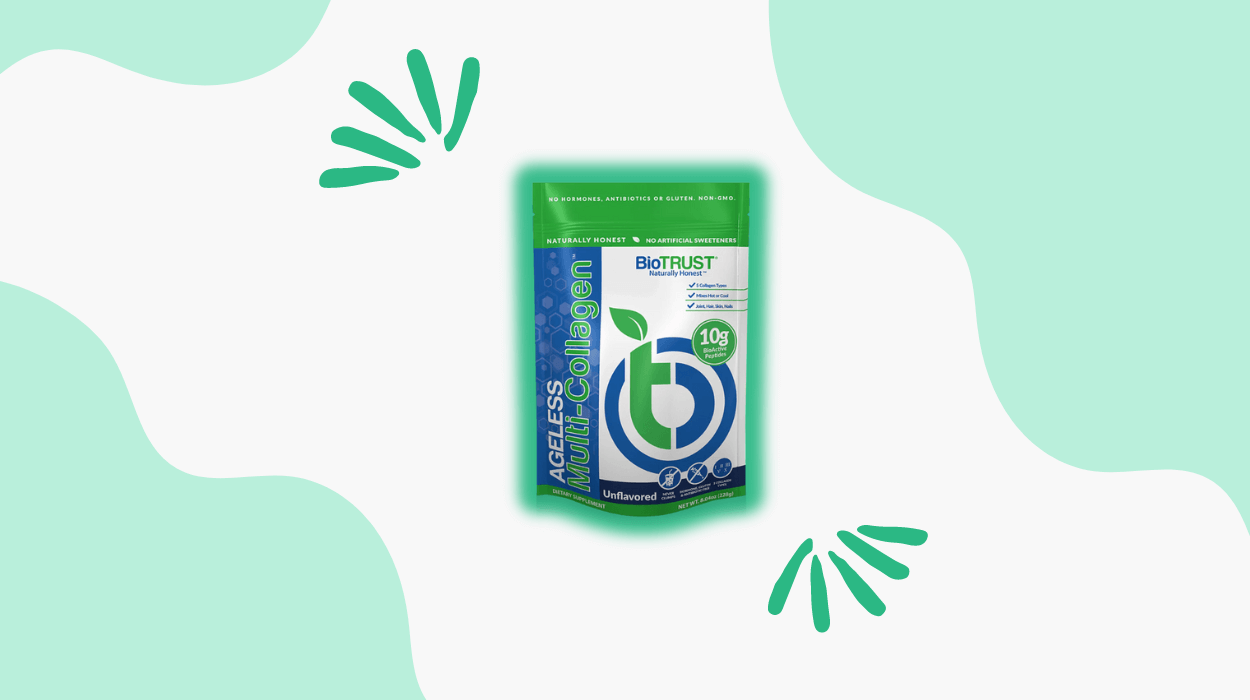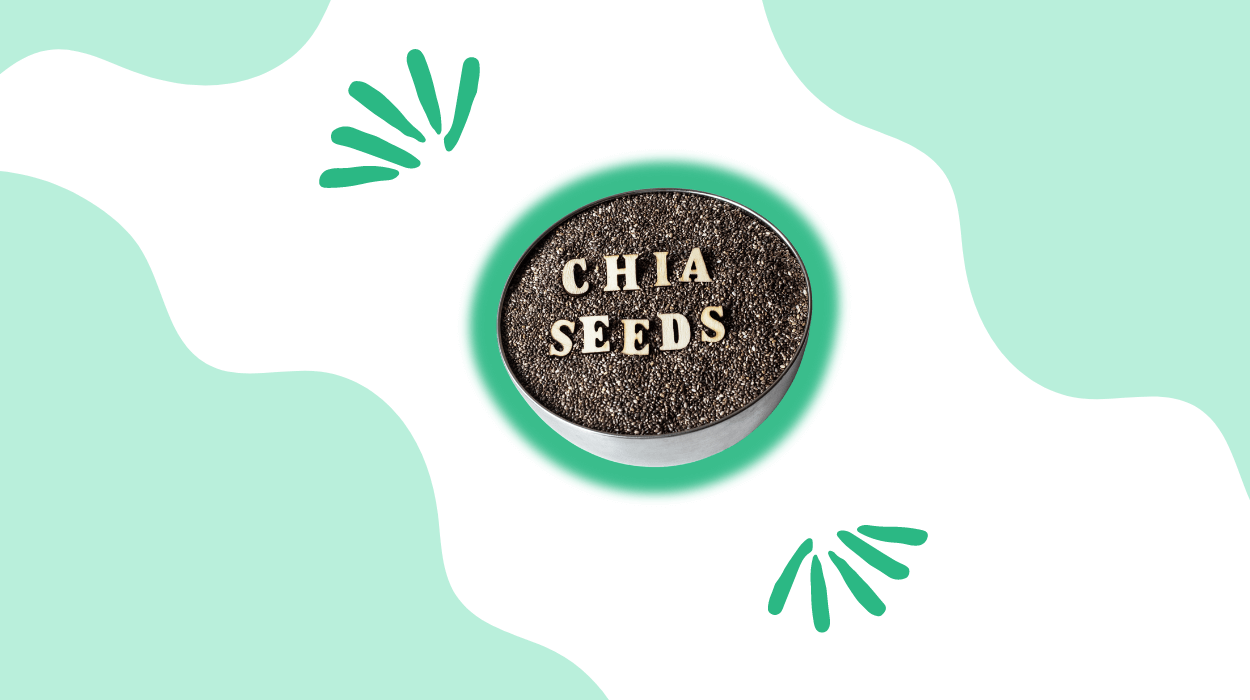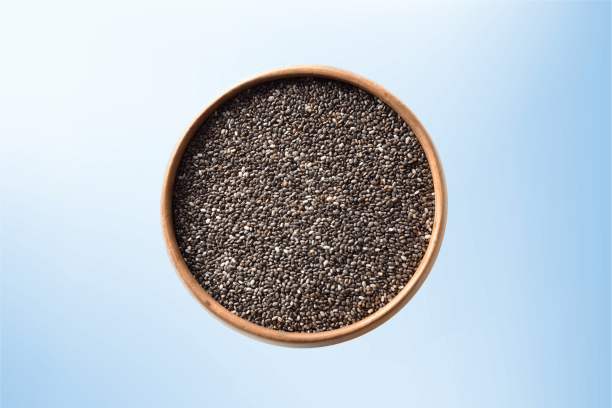

Chia seeds contain an impressive nutritional profile with antioxidants, fiber, healthy fats, and protein. However, ensuring freshness and quality is essential to enjoy the benefits of chia seeds.
Inspecting the texture and appearance of chia seeds could help avoid potential issues with spoiled chia seeds.
Sliminess, clumping, or signs of insect infestation are common indicators that the chia seeds have gone bad. Testing chia seeds for moisture and keeping the storage area and container dry may prevent spoilage and clumping.
You might wonder if chia seeds expire or if they may be consumed past the expiration date. This article answers such queries and lists factors that may affect the shelf life of chia seeds.

The presence of an off smell might hint that chia seeds are stale and should not be consumed. Palatable chia seeds have a mild, nutty aroma that is pleasant to the senses. However, if the chia seeds have gone bad, they may emit a pungent, rotten, or off smell.
The smell could indicate oxidation, mold growth, or the breakdown of their natural oils. If the smell is unpleasant or significantly different from the typical odor, discard it and avoid consuming spoiled or compromised food.
Edible chia seeds typically have a uniform dark color, ranging from black to dark brown. However, if you notice any changes in their appearance, like patches of green, white, or gray discoloration, it is a clear indication of spoilage.
Exposure to moisture or mold growth may cause discoloration, indicating that the chia seeds have deteriorated and are no longer suitable for use.
Here are three visual-based characteristics of chia seeds that have gone bad due to discoloration:
A bitter, sour, or off-putting flavor after consuming chia seeds might indicate their staleness. Such signs may occur due to potential oxidation or degradation of the natural oils in chia seeds.
Normally, chia seeds have a mild, nutty flavor that is enjoyable to the palate. However, stale chia seeds may impart a noticeably different and unpleasant taste.
Consuming chia seeds with an unpleasant taste may be unappetizing and pose potential health risks. Therefore, discard off-tasting chia seeds and opt for fresh ones to ensure the desired flavor and quality.
The texture of chia seeds could provide insights into their freshness and potential spoilage. Usually, chia seeds have a crunchy, dry texture. However, if they become stale, their texture may change noticeably.
Here are some possible texture changes indicating spoilage of chia seeds:
Clumped together: When chia seeds are exposed to moisture or high humidity, they can clump together. The clumping might make it challenging to use the seeds and is a sign of spoilage.
You may consume chia seeds safely past the expiration date if they appear and smell normal. If there are no spoilage signs like mold, bugs, moisture, or strange smells, it is likely safe to continue using them.
The expiration date on chia seed packaging estimates how long they should be kept. However, they will not turn bad overnight, and it may take weeks or more to deteriorate.
Consuming visibly spoiled chia seeds may induce gastrointestinal issues and allergic reactions, including dizziness, swelling, hives, or shortness of breath.
Always use your best judgment when deciding whether to eat expired chia seeds. If something seems off in terms of appearance or smell, it is advisable to discard it to prioritize food safety.
The quality of chia seeds is an essential determinant of their shelf life. You may recognize their quality by observing their color, which should be white or black-speckled. It could indicate a nutrient-dense profile and make them less prone to rancidity or spoilage.
The brown coloration of chia seeds could hint at a compromised nutrient quality, low omega-3 fatty acid content, and a bitter taste. It may indicate a shorter shelf life of chia seeds.
Heat, humidity, and light exposure might accelerate deterioration and reduce the shelf life of chia seeds. Therefore, storing chia seeds in a cool and dry environment may extend their potential shelf life.
Placing chia seeds in airtight containers may protect them from oxygen and moisture exposure, helping preserve their freshness and preventing spoilage.
Storing chia seeds in areas with temperature fluctuations, such as near the stove or refrigerator, might decrease their shelf life. Instead, opt for a pantry or cupboard that maintains a consistent temperature.
Chia seeds contain oils prone to oxidation when exposed to air, leading to a quality, taste, and nutritional value degradation. When chia seeds undergo oxidation, they may develop an off-flavor and become rancid.
Minimizing chia seeds’ exposure to air or moisture environments might delay the oxidation process and extend the longevity of chia seeds.
Improper packaging of chia seeds could increase the likelihood of exposure to sunlight, moisture, or air. This could lead to potential damage to chia seeds’ quality and longevity.
Premium-quality packaging materials, like foil-lined bags or opaque containers, could protect chia seeds against light and UV rays. A tightly sealed package may help preserve the seeds’ quality and prevent any external factors from causing degradation.
The cool temperature in the refrigerator may delay the oxidation process and prevent chia seeds from going stale. It could help maintain the seeds’ nutritional content and preserve their natural properties.
When stored properly in an airtight container, chia seeds might last up to three to four years in the refrigerator. The enhanced shelf life may allow you to use chia seeds in various recipes without worrying about spoilage.
When stored properly in a pantry, chia seeds can maintain their quality for up to two years. It is essential to adhere to optimal storage practices to ensure chia seeds’ longevity.
Here are some considerations to keep in mind:
Those who want to store chia seeds for an extended period may consider freezing them, as with proper freezing, chia seeds may last up to four to five years.
Freezing chia seeds may help retain their nutritional content. The low temperature in the freezer prevents the degradation of the seeds’ natural oils and antioxidants.
Sealing chia seeds in an airtight container or freezer bag may shield them against moisture absorption, ensuring their freshness and integrity.
Recommended: How To Effectively Use Chia Seeds To Benefit Your Stomach?
Several bugs could infest chia seeds, including weevils, flour beetles, and Indian meal moths.
Glass containers may provide an airtight and moisture-free environment, which helps retain the freshness and quality of chia seeds. However, ensure the glass container is stored in a cool place away from heat and light.
Consuming stale chia seeds may raise the risk of health concerns like foodborne illnesses or gastrointestinal issues (diarrhea, vomiting, or stomach upset). It is best to dispose of stale chia seeds to avoid such occurrences.
Yes, chia seeds might deteriorate if stored in airtight packaging. Factors like heat, moisture, and time could affect their quality and lead to spoilage. Regularly checking for signs of pilferage and using chia seeds before they go bad is vital.
Some methods to mitigate the risk of bug infestation in stored chia seeds may include using airtight containers, storing chia seeds in a dry environment, and adding natural pest deterrents like bay leaves or cloves.
Yes, chia seeds may lose their nutritional goodness over time. Chia seeds age, and their natural oils may degrade, leading to a decline in nutritional content. Proper storage might help delay this process.
Chia seeds may last two or more years if stored properly in the pantry, fridge, or freezer. However, factors like moisture, exposure to air or sunlight, and temperature could affect their longevity.
A green or white patchy discoloration, an off-putting smell, or a bitter/sour taste might indicate that the chia seeds have gone stale. Consuming chia seeds beyond their expiry tenure might pose health risks like digestive distress or foodborne illnesses.
Choosing a cool and dry storage place, minimizing humidity and temperature fluctuations, and proper packaging may help enhance the shelf life of chia seeds.
Tyler Read earned an undergraduate academic degree from Sonoma State University, California and is a certified personal trainer (CPT) with NASM (National Academy of Sports Medicine). With over 16 years of experience, Tyler has trained clients both online and in-person.
He is passionate about helping others turn their love for fitness into a career. Tyler has worked with many local and commercial gyms before establishing his successful private personal training business, which he continues to operate.
